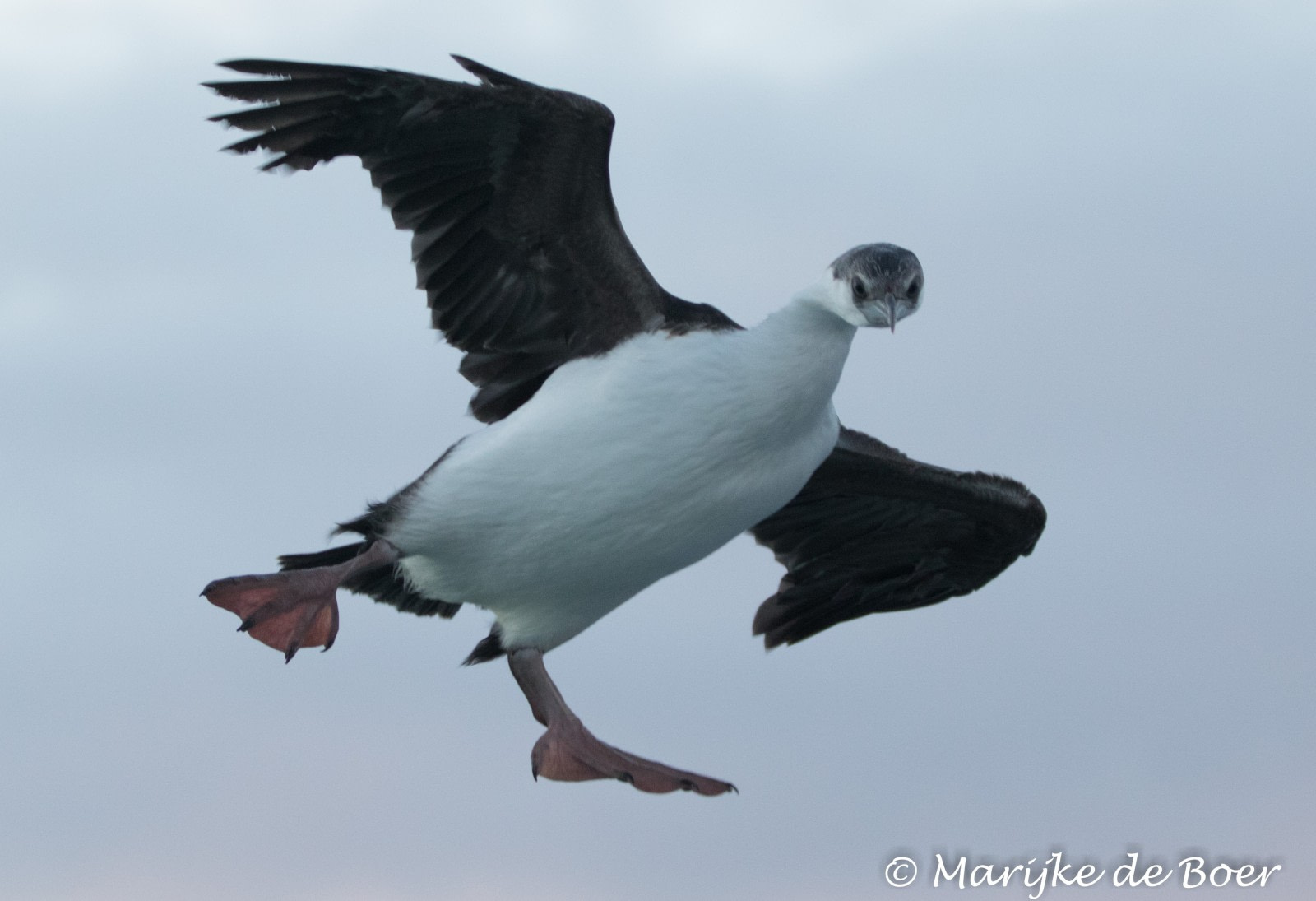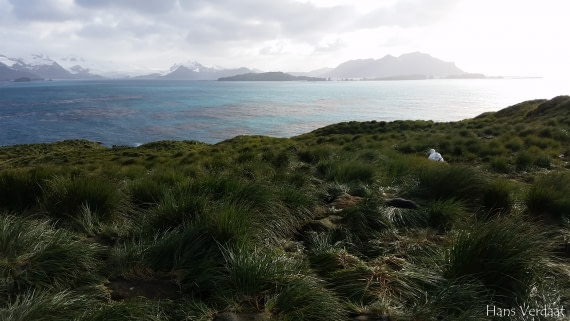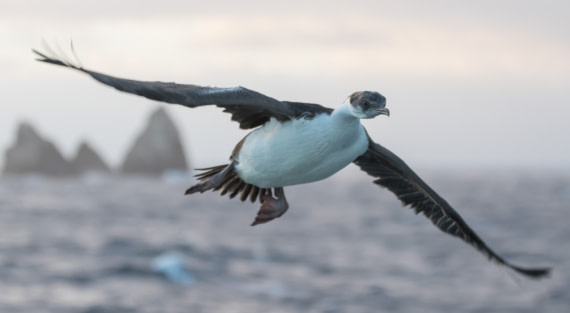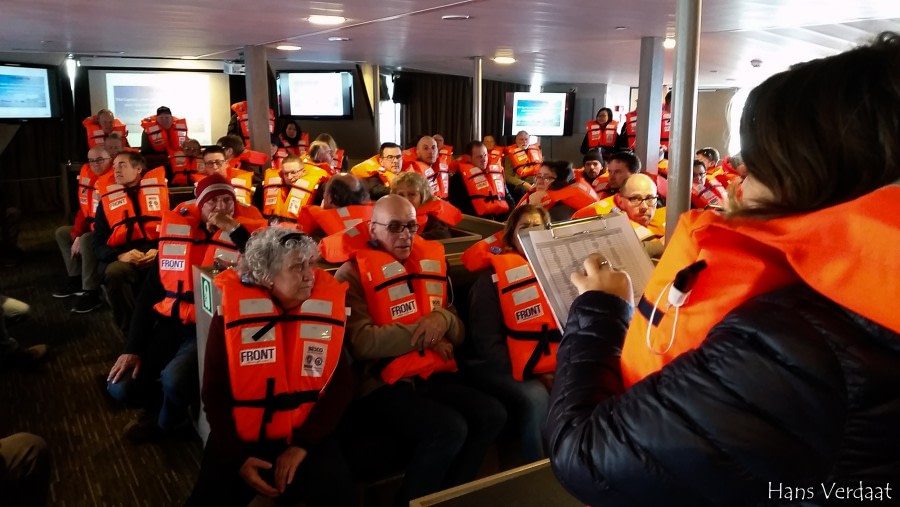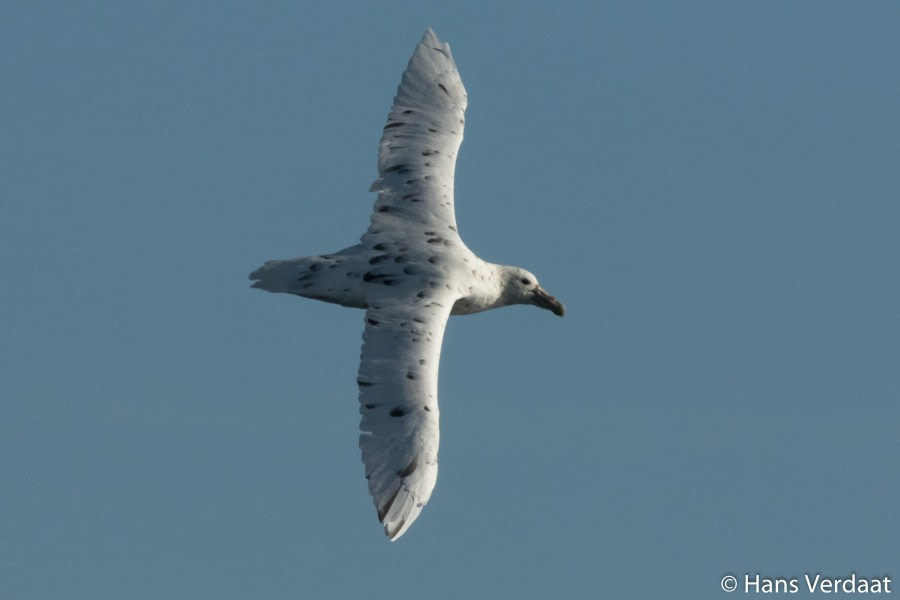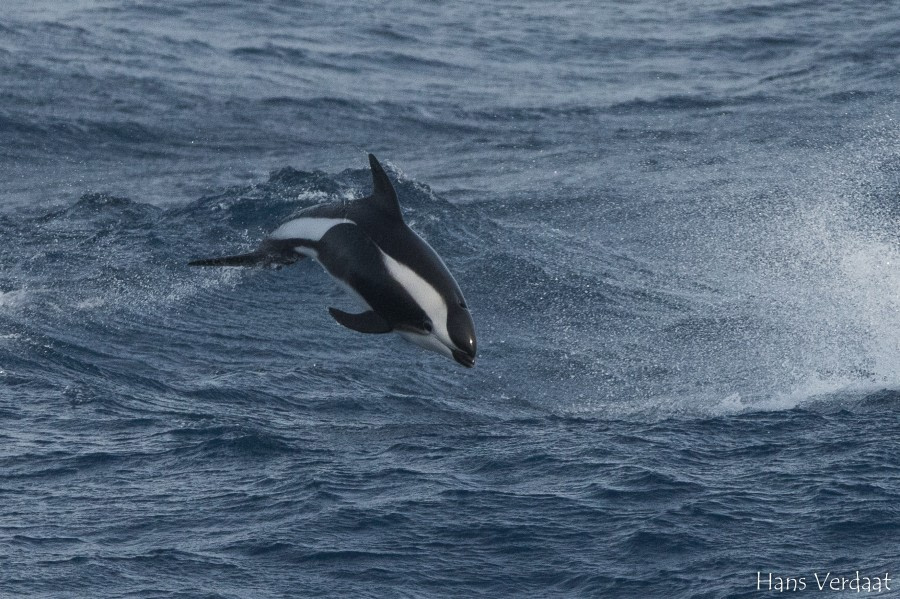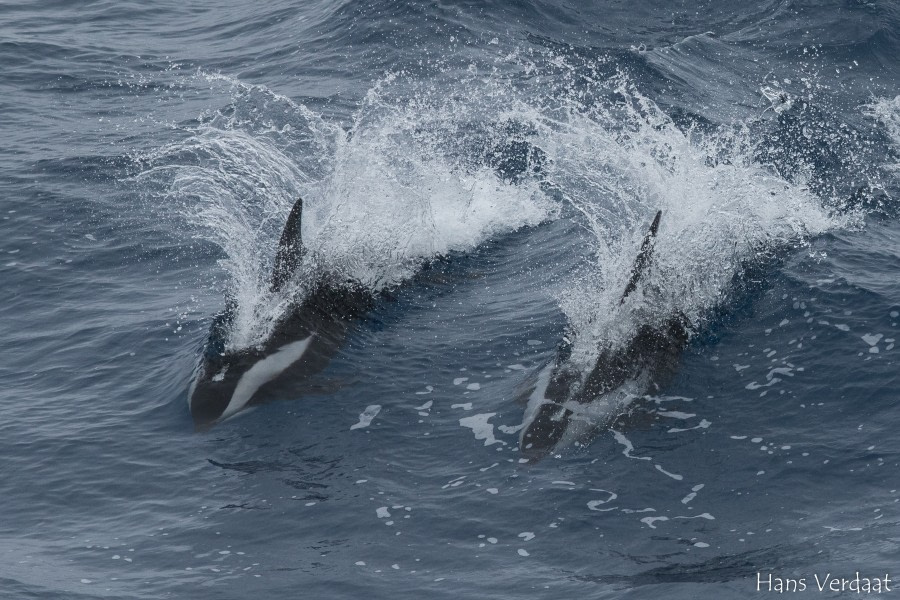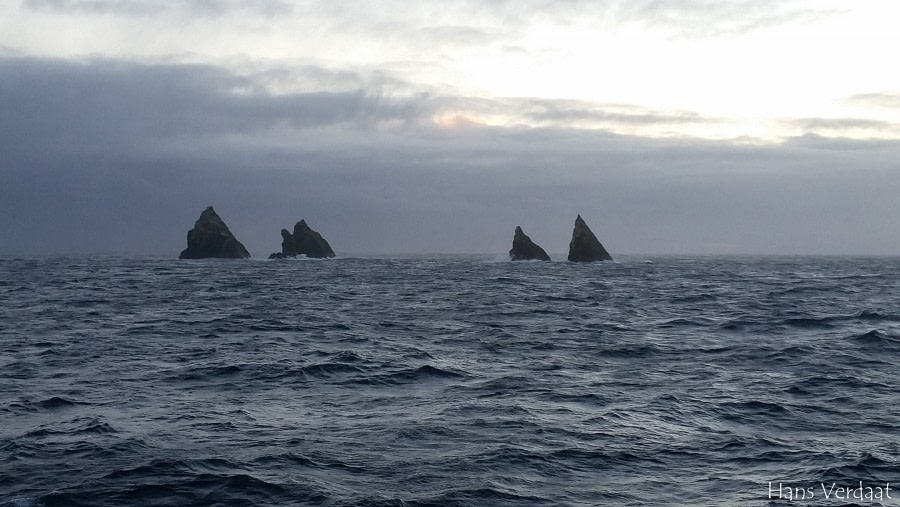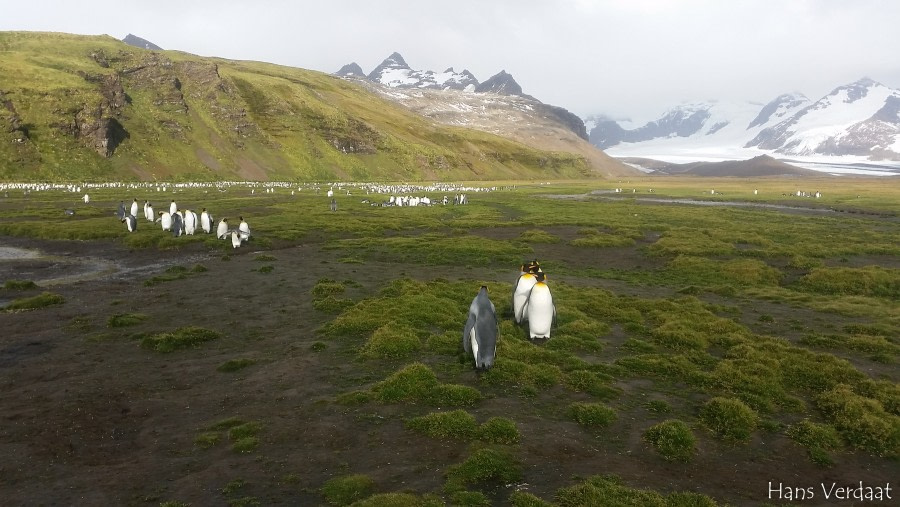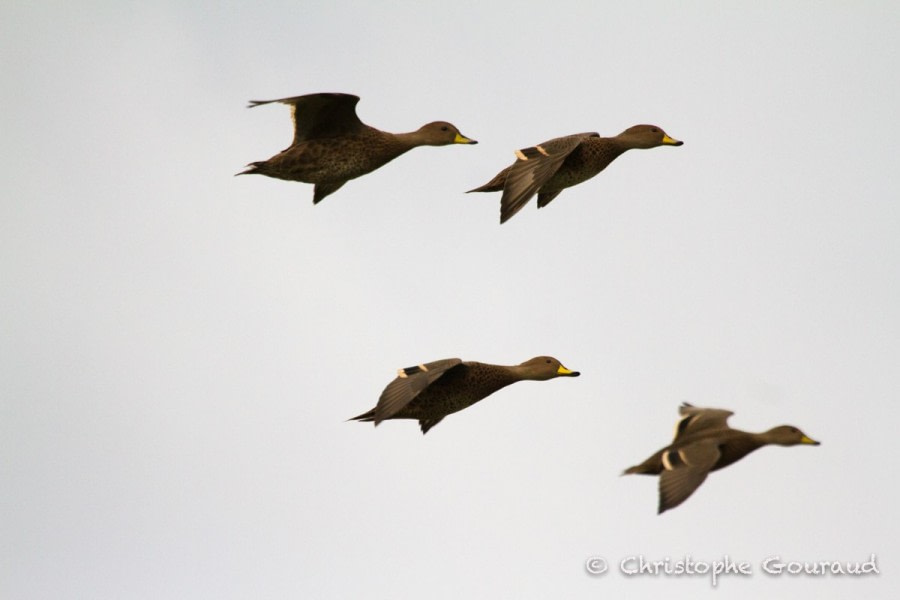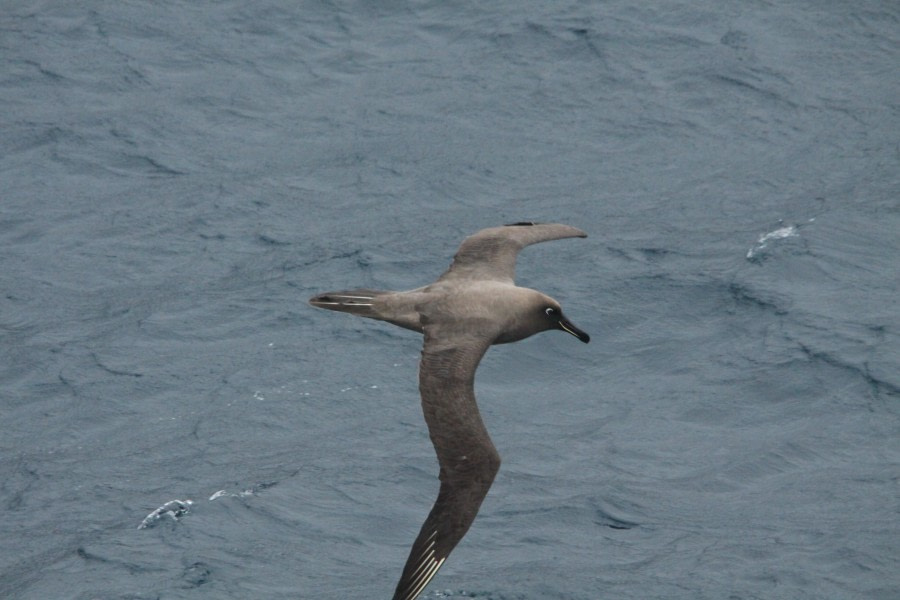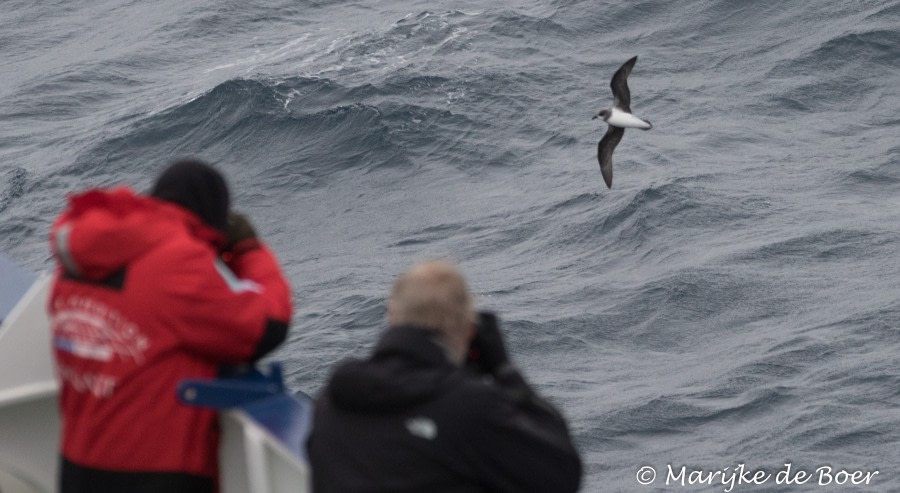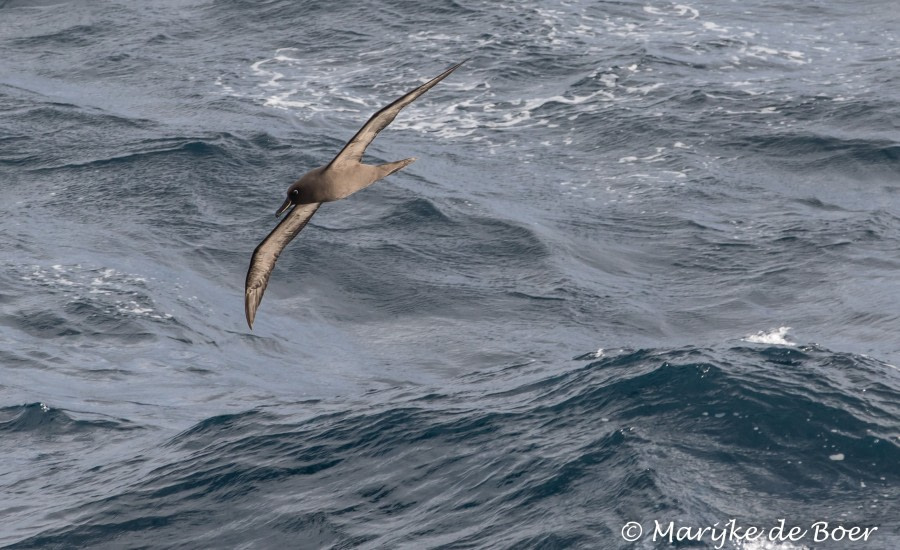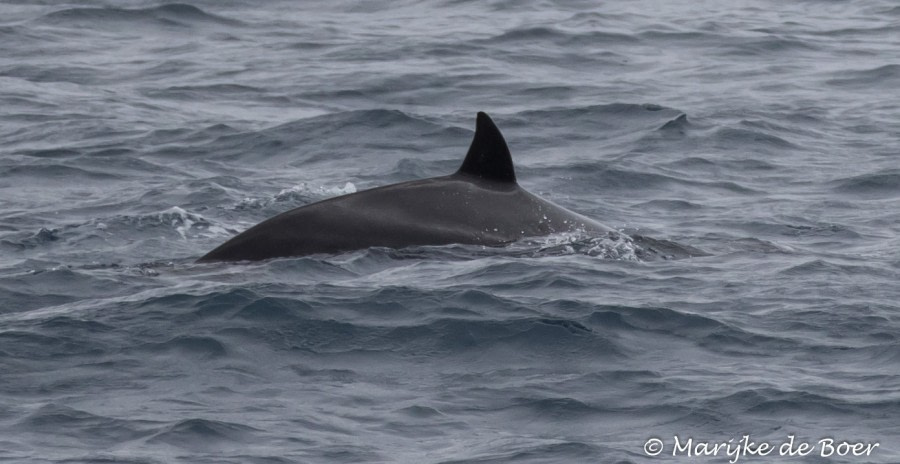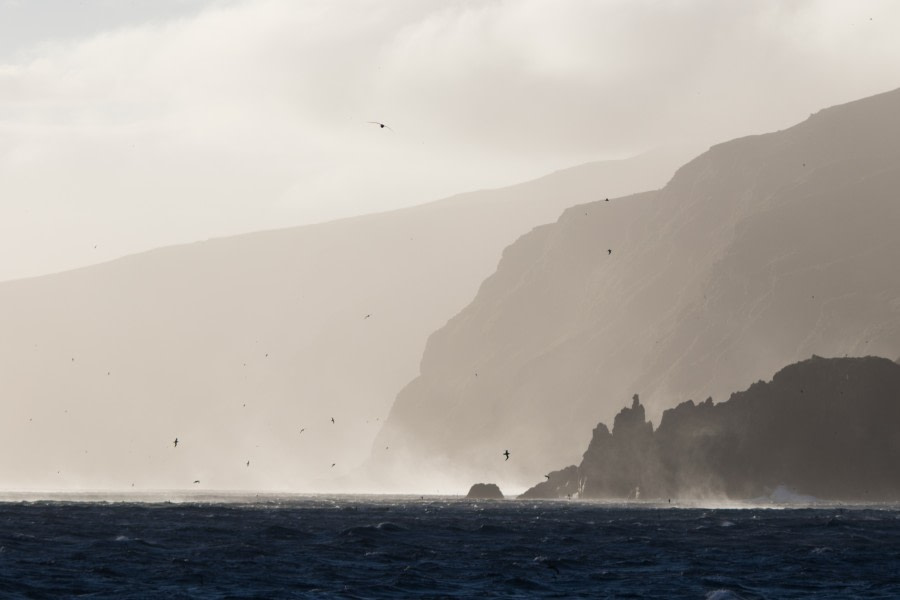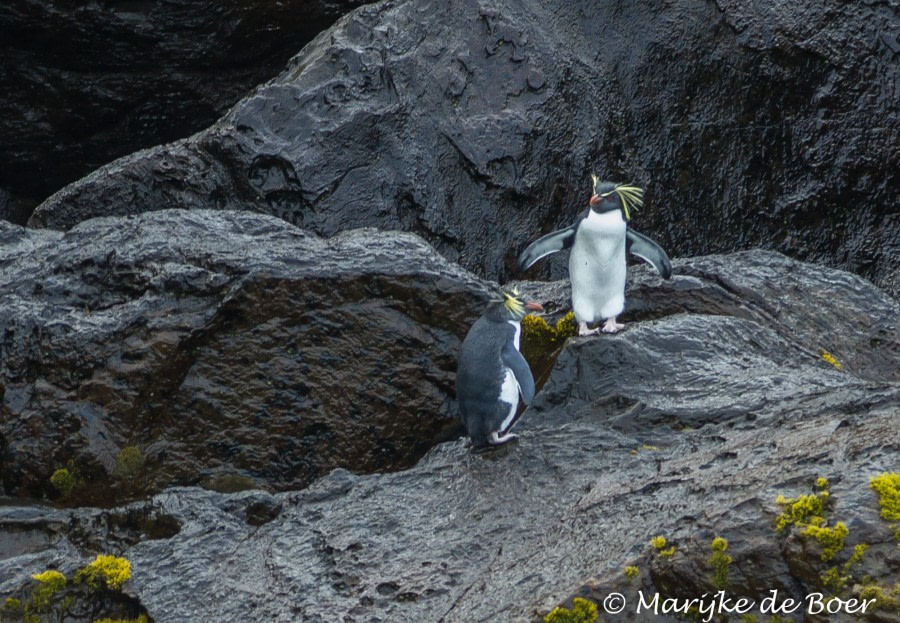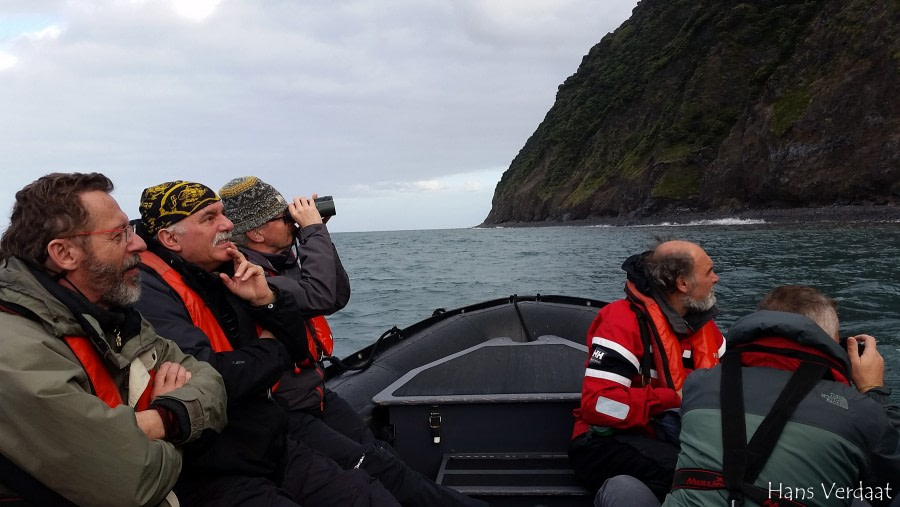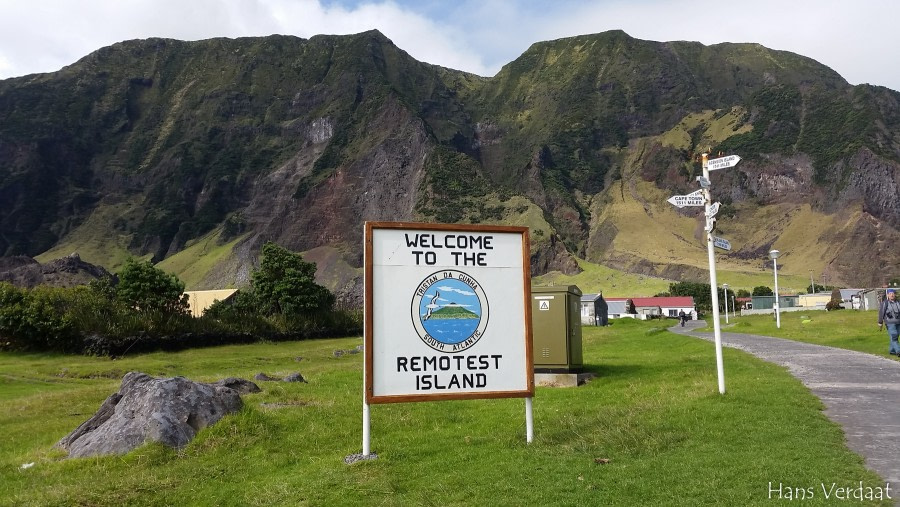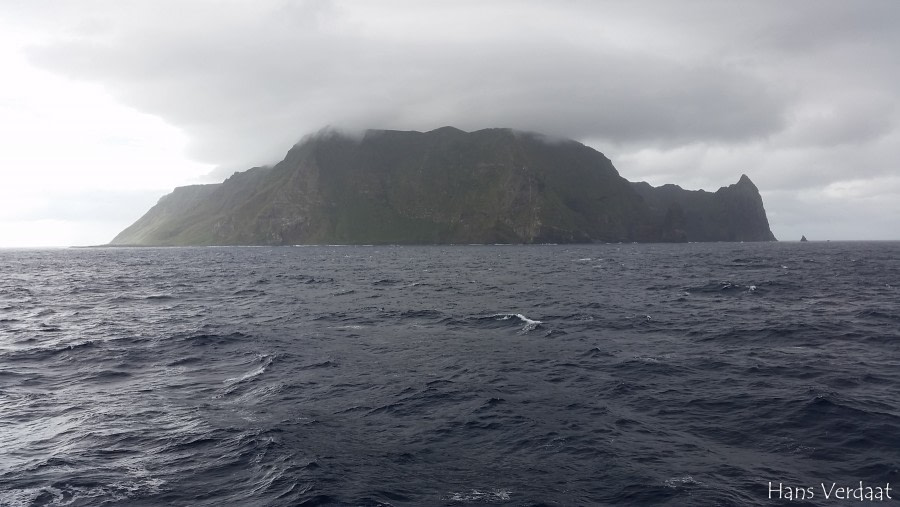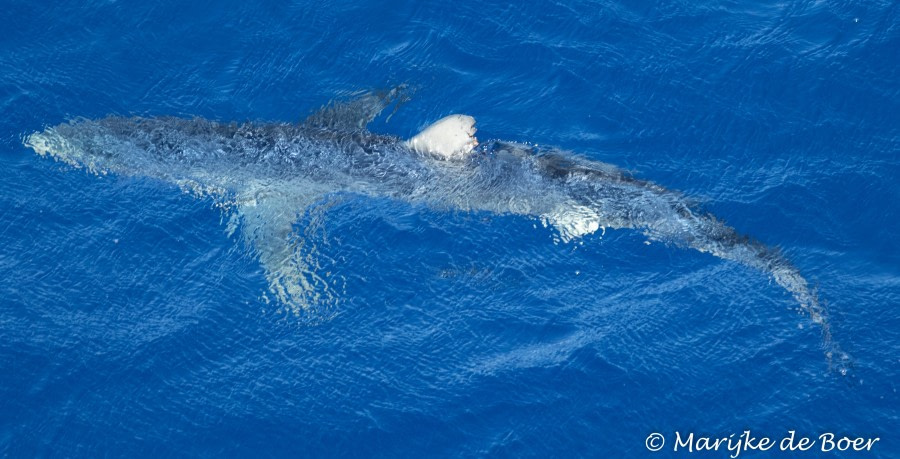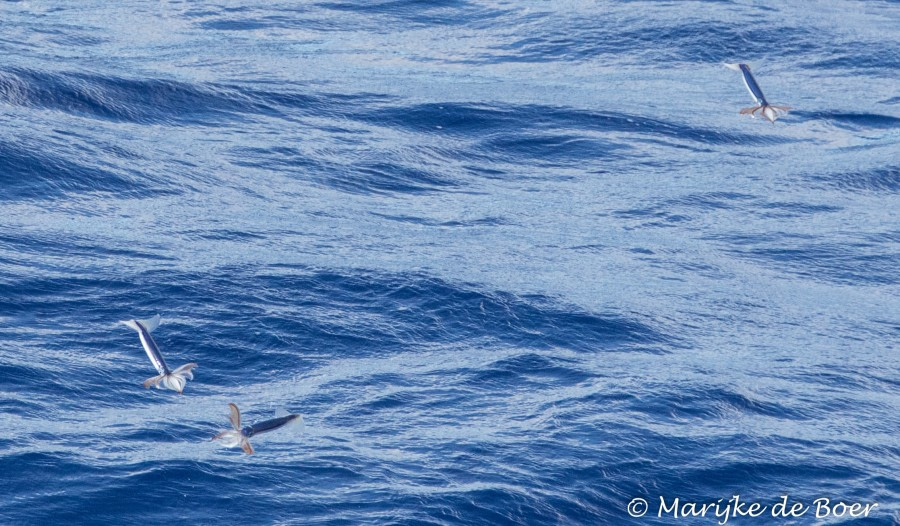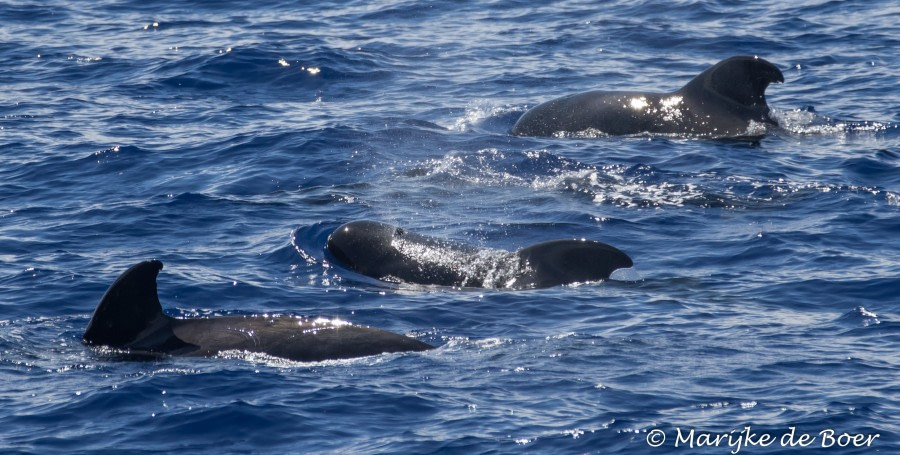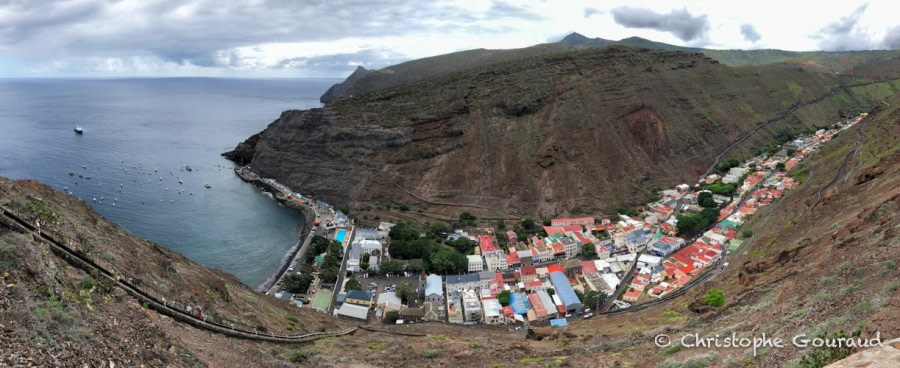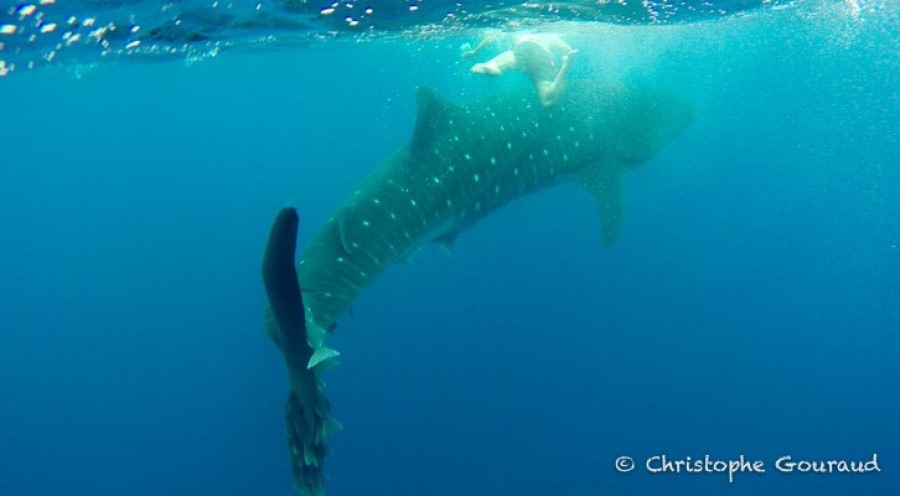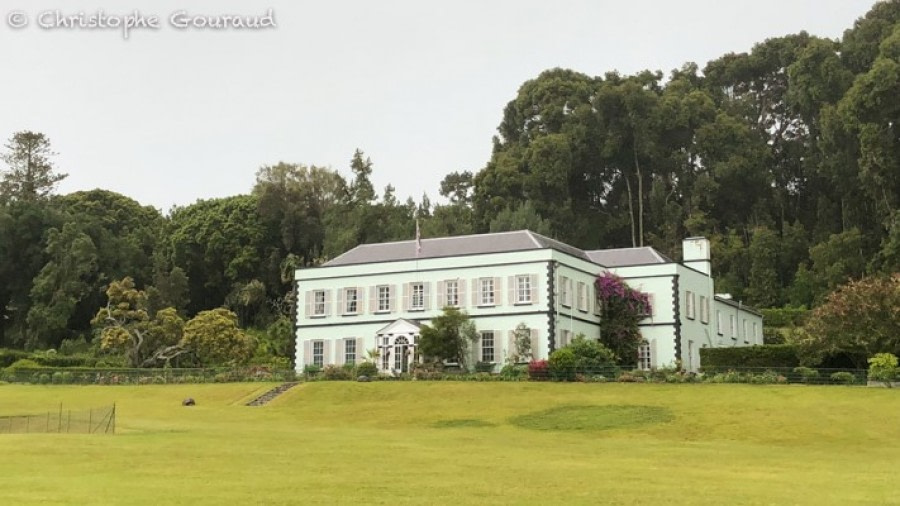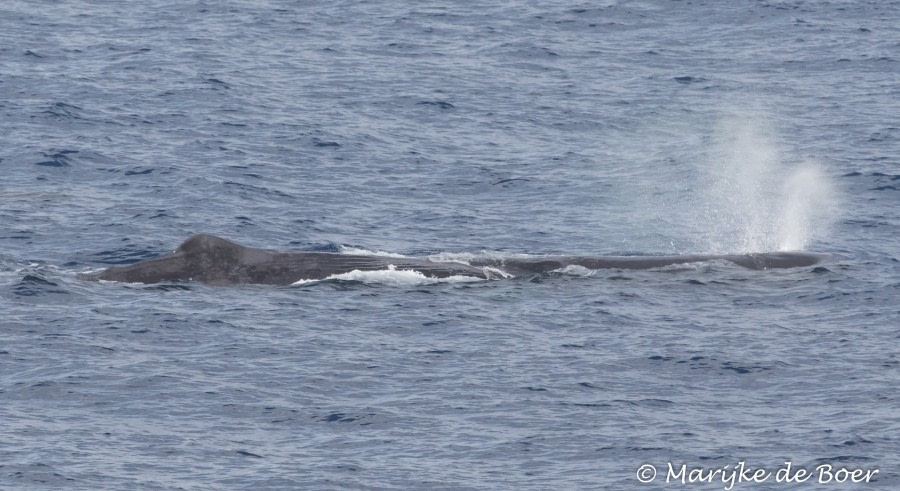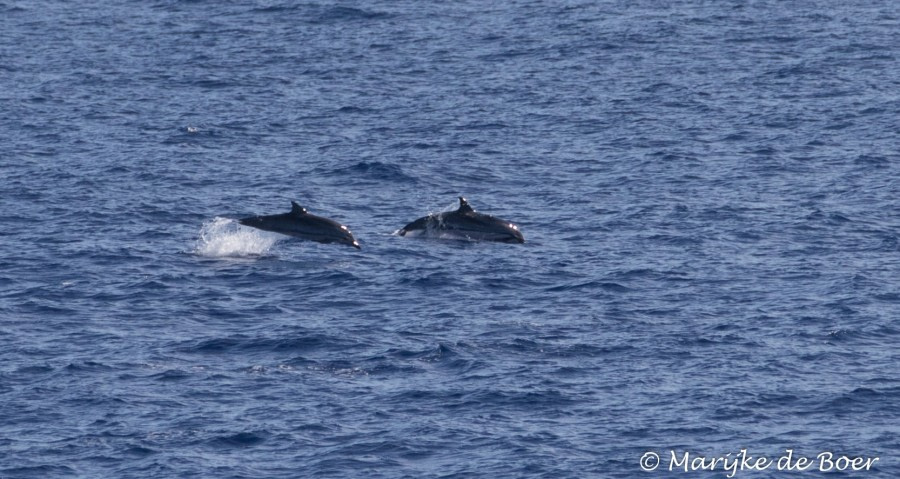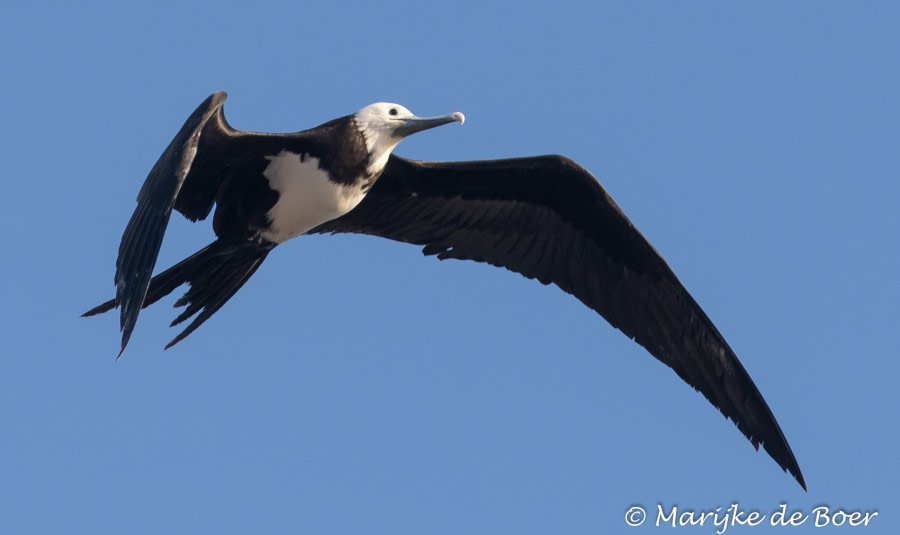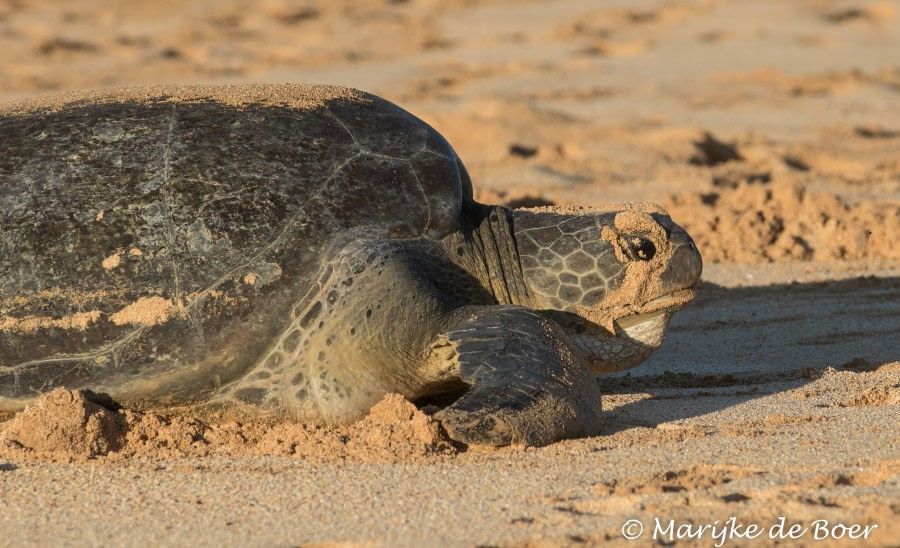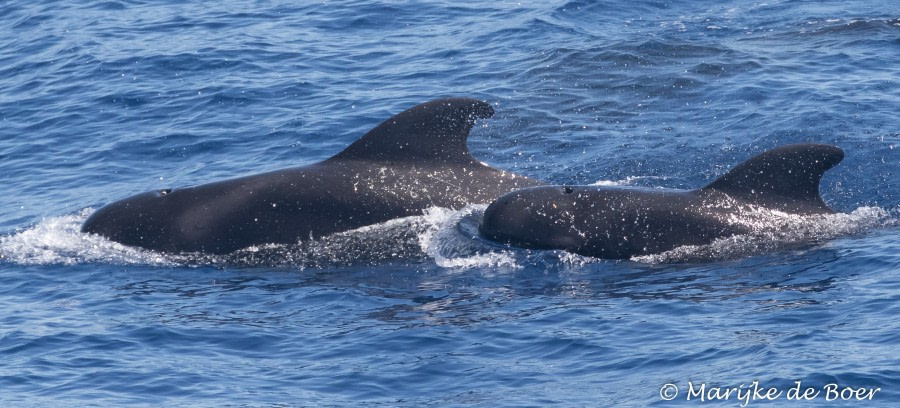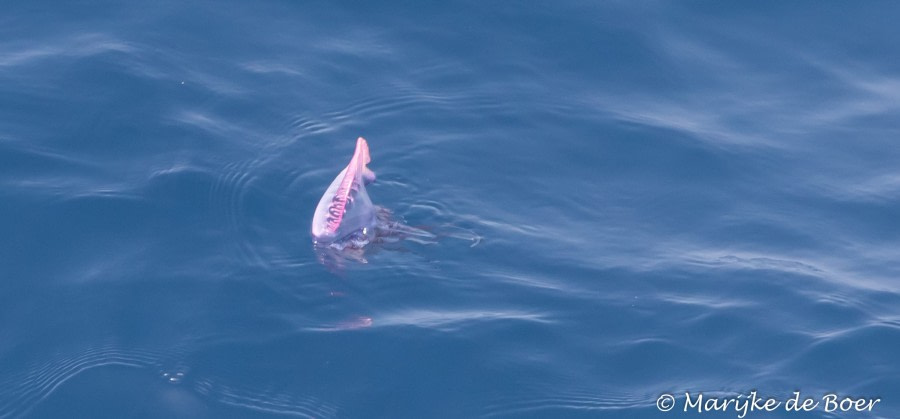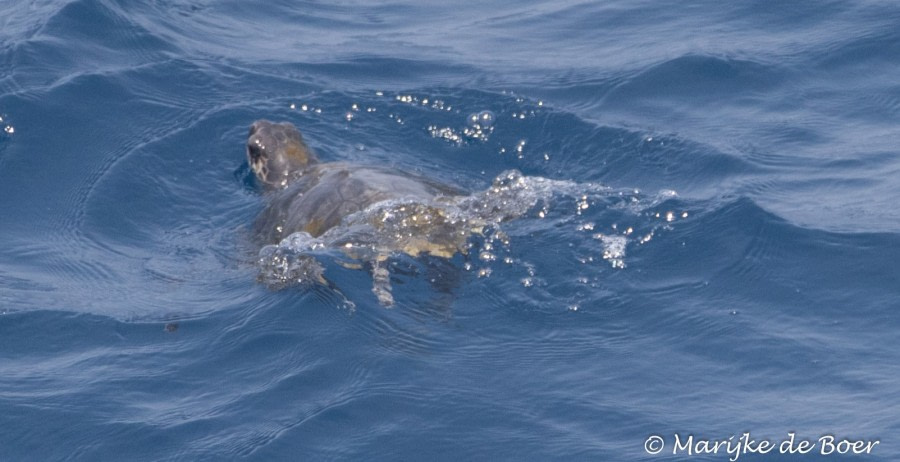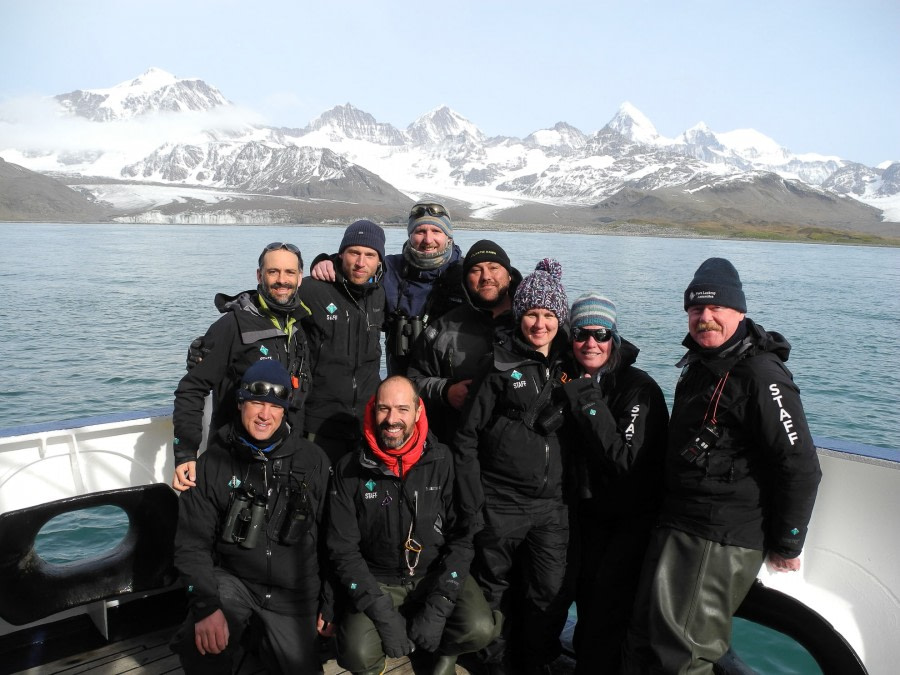| Fecha: | 28.03.2018 |
| Posición: | 54° 48’ S / 068° 17’ W |
| Viento: | W |
| Clima: | Overcast |
| Temperatura del Aire: | +10 |
So here we are at last in Tierra del Fuego, at the bottom of the world. Well, from Ushuaia we’ll be going a very long way but for today we ambled about this lovely Patagonian city, savoring the local flavours and enjoying the sights of the city. Ushuaia marks the end of the road in Argentine Tierra del Fuego, but also the beginning – the beginning of our once-in-a-lifetime adventure. During the summer this rapidly growing frontier town of 55,000 bustles with adventurous travellers. The duty-free port flourishes with tourism but also thrives on a sizeable crab fishery and a burgeoning electronics industry. Ushuaia (lit. “bay that penetrates to the west” in the indigenous Yaghan tongue) clearly benefits from its magnificent, yet remote setting. The rugged spine of the South American Andes ends here, where two oceans meet. As could be expected from such an exposed setting, the weather has the habit of changing on a whim. However, temperatures during the long days of the austral summer are relatively mild, providing a final blanket of warmth before heading off on our adventures. We were lucky to be able to enjoy some beautiful end of summer weather with warm sunshine and calm conditions. All passengers were promptly at the gangway at 16:00, ready to board our ship MV Plancius, home for the next few weeks. We were greeted by the Expedition Leader Sebastian and his Expedition staff who had already sorted our luggage. They sent us on board to meet Hotel and Restaurant Managers, Zsuzsanna and Michael. We were then checked into our cabins with the assistance of our fabulous Filipino crew. Once we had found our cabins, and were starting to find our way around the ship, we gathered in the lounge for the mandatory Safety Briefing with First Officer Arthur, which went through the details of the required SOLAS (Safety Of Life At Sea) Safety and Lifeboat Drill, assisted by the crew and staff. On hearing the alarm we reconvened at our Muster Station, the lounge, to go through the abandon ship’’ drill, donning our huge orange life jackets that will keep us safe should the need arise. After this lifeboat drill we returned to the outer decks to watch our departure from the jetty of Ushuaia and the last of city life for a long time. Prior to dinner we gathered in the lounge once more for bubbly and a chance to meet our Captain Evgeny Levakov. At 7:30 we sampled the first of many delicious meals onboard, prepared by Chefs Ralph, Sean and their galley staff. This first evening on board was occupied with more exploration of the ship, adjusting to her movements, and settling into our cabins. In the early hours of the morning we would be out into open waters and heading east towards South Georgia.
